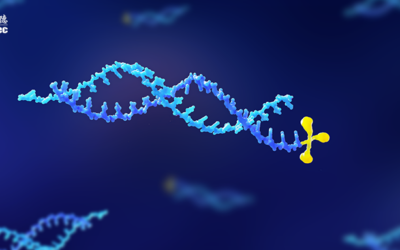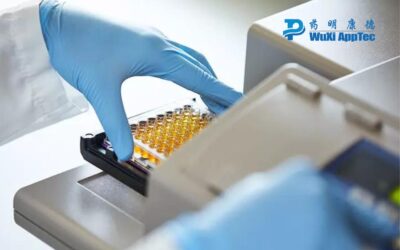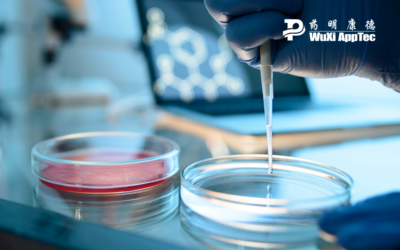Genotoxicity testing is an essential tool for drug developers, as it can ensure patient safety in new and established drugs. Genotoxic events can cause irreversible damage and particularly severe health events, which makes it imperative these tests are conducted accurately and efficiently.
Regulatory Expertise
How to Evaluate the Preclinical Safety of Oligonucleotide Drugs
Oligonucleotide drugs (ONs) are synthetic molecules ranging from 12 to 30 nucleotides in length and typically made up of single or double strands of nucleotides. Through Watson-Crick base pairing, these drugs use target messenger RNA (mRNA), which results in the inhibition of gene expression and the prevention of erroneous protein production.
Repeat Dose Toxicity: 3 Possible Timeframes for Your IND-Enabling Studies
Repeat dose toxicity studies evaluate the effects of repeat administration over a defined period of time. To get the right toxicity data, what is the right duration for your compound? This blog discusses three possibilities. Toxicity data from repeat dose...
3 Must-Have Qualities of a Bioanalytical Method Development & Validation Partner
To make well-informed decisions about the future of your drug candidate, you need highly accurate and reliable data. Generating such data starts with bioanalytical method development and validation – a precise process that requires support from your testing partner....
From screening to IND submission: Biomarker analysis in preclinical drug development
In preclinical drug development, biomarkers are used to quantify drug safety and response. In this blog, we trace the use of biomarkers across this spectrum with tips along the way. Biomarker analysis is a critical piece of drug development that helps provide a...
Early ADME Screening: 3 Ways It Boosts IND Submission Success
Thorough testing of the absorption, distribution, metabolism, and excretion (ADME) properties of a compound has significant downstream effects on the potential success of a drug. Here’s how early ADME screening in particular helps propel you to a successful IND...
In Vivo ADME Testing in Drug Development: A Short Guide
In vitro and in vivo ADME studies provide valuable data about a test article as it moves through preclinical development. In this short guide, we provide an overview of in vivo ADME testing, including why it’s important and how it works. For a successful...
Navigating 505(b)(1), 505(b)(2) and 505(j) Drug Approval Pathways
Introducing new drug candidates to preclinical testing is a complex and time-consuming endeavor. It can cost developers more than $1 billion and take a decade to bring a new drug to market. Success rates vary depending on therapeutic area, but a recent study from...
The Complex Process of Developing a Living Protocol
There are times in the laboratory when experienced scientists may question the direction in a protocol. Their experience, having worked on so many studies, may tempt them to consider conducting the testing a little differently than the directions provided to them. If...
Oligonucleotide Development: History, Pain Points & Bioanalytical Considerations
Updated June 2025 As new modalities in drug development gain popularity, we are in an exciting place to treat and prevent complex disease states. Researchers have been making great strides in the development of oligonucleotides, otherwise known as “oligos.” Though...
Basic Questions Developers Are Asking About In Vitro-In Vivo Extrapolation
In Vitro-In Vivo Extrapolation (IVIVE) is an emerging discipline that helps researchers predict the rate at which compounds metabolize within the human liver and are eliminated from the body (i.e., human clearance rate). Put simply, IVIVE uses in vitro methods to...
In The News: WuXi AppTec Experts In The Drug Development Community (Jan-July 2021)
WuXi AppTec Laboratory Testing Division experts continually weigh in on emerging trends and stay updated on salient drug development topics. These experts routinely contribute to industry publications. Here’s where they’ve been featured in the first half of 2021....











